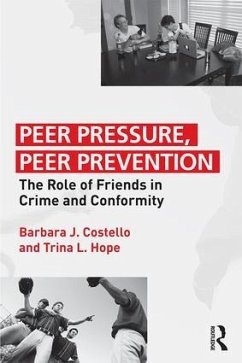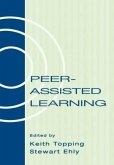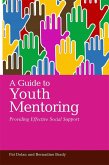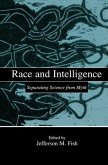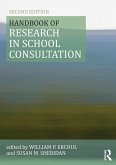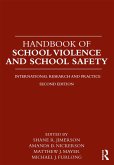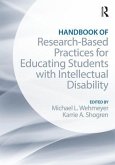Criminological research has largely neglected the possibility that positive peer influence is a powerful source of social control. Costello and Hope take a first step toward uncovering the mechanisms of peer influence, drawing on data collected from two convenience samples of university students. Their quantitative analyses showed that positive peer influence occurs most frequently among those who associate with the most deviant peers and self-report the most deviance. Their qualitative data revealed a variety of methods of negative influence, including overt pressure in the form of ridicule and also encouraging deviant behavior for others' amusement.
Hinweis: Dieser Artikel kann nur an eine deutsche Lieferadresse ausgeliefert werden.
Hinweis: Dieser Artikel kann nur an eine deutsche Lieferadresse ausgeliefert werden.

